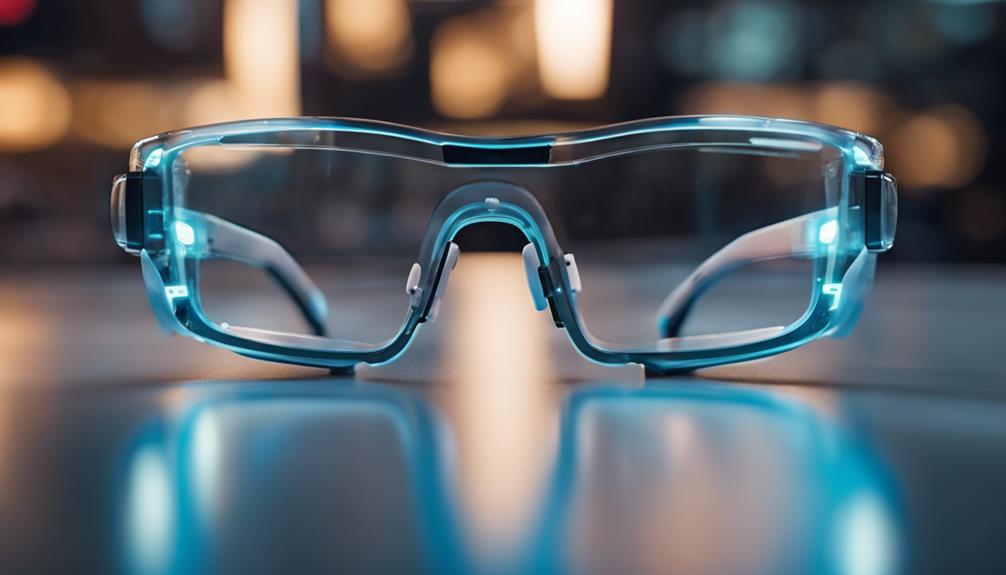In today’s fast-paced world, smart gadgets have become an integral part of our daily lives. From wearables that monitor our health to smart home devices that enhance our living spaces, technology has fundamentally changed how we interact with our environment. This article explores the evolution of smart gadgets, their impact on various aspects of life, and the future of this technology.
The Rise of Smart Gadgets
Smart gadgets have a rich history, dating back to the early 2000s when the first smartphones emerged. However, the real explosion in smart technology occurred in the last decade with advancements in the Internet of Things (IoT), artificial intelligence (AI), and machine learning.Everyday Carry Gadgets
- Smartphones: The launch of the iPhone in 2007 revolutionized mobile technology.
- Wearables: Fitness trackers like Fitbit and smartwatches from brands like Apple and Samsung gained popularity in the 2010s.
- Smart Home Devices: Products such as the Amazon Echo and Google Home have transformed how we interact with our homes.
According to a report by Statista, the global smart home market is projected to reach over $174 billion by 2025, indicating the growing reliance on interconnected devices in our lives.
Categories of Smart Gadgets
Smart gadgets can be broadly categorized into several groups, each serving unique purposes and functionalities.
1. Smart Home Devices
These gadgets enhance the comfort, security, and efficiency of our living spaces. Examples include:
- Smart Thermostats: Devices like Nest Learning Thermostat optimize energy consumption and provide remote control through smartphone apps.
- Smart Security Systems: Products such as Ring Video Doorbell allow homeowners to monitor their property in real-time.
- Smart Appliances: Refrigerators, ovens, and washing machines equipped with connectivity features to enhance user experience.
2. Wearable Technology
Wearables are devices that can be worn on the body and typically monitor health metrics. Key examples include:
- Fitness Trackers: Devices like Fitbit track physical activity, heart rate, and sleep patterns.
- Smartwatches: Apple Watch and Samsung Galaxy Watch offer health tracking, notifications, and app integration.
- Health Monitoring Devices: Gadgets like continuous glucose monitors (CGMs) for diabetes management.
3. Smart Health Devices
The healthcare industry has seen significant advancements through smart technology, improving patient care and remote monitoring. Notable devices include:
- Telehealth Platforms: Enable virtual consultations with healthcare providers.
- Smart Pill Dispensers: Devices that remind patients to take their medication on schedule.
- Wearable ECG Monitors: Devices that track heart rhythms and alert users to abnormalities.
Benefits of Smart Gadgets
The integration of smart gadgets into daily life presents numerous advantages:
- Increased Efficiency: Automation of tasks saves time and effort. For example, smart thermostats adjust temperatures automatically based on occupancy.
- Enhanced Security: Smart security systems provide real-time monitoring and alerts, improving safety.
- Health Monitoring: Wearables track health metrics, allowing users to make informed lifestyle choices.
- Energy Savings: Smart devices help reduce energy consumption, leading to lower utility bills.
Challenges and Concerns
Despite their benefits, smart gadgets come with challenges and concerns that users should consider:
- Privacy Issues: Many smart devices collect personal data, raising concerns about data security and potential misuse.
- Compatibility Problems: Not all smart devices work seamlessly together, leading to frustrations for users.
- Dependence on Technology: Over-reliance on smart gadgets may lead to reduced self-sufficiency and critical thinking.
Future Trends in Smart Gadgets
The future of smart gadgets looks promising, with several trends expected to shape the industry:
- Artificial Intelligence: The integration of AI will enhance personalization and predictive capabilities of smart devices.
- 5G Technology: With faster internet speeds, 5G will enable more reliable connections and improve device interactivity.
- Increased Focus on Sustainability: Innovations aimed at reducing energy consumption and carbon footprints will emerge.
Conclusion
Smart gadgets have transformed modern living, offering convenience, efficiency, and enhanced quality of life. As technology continues to evolve, we can expect these devices to become even more integrated into our daily routines. However, it is essential to remain aware of the potential challenges and to use these technologies responsibly. By embracing the benefits while navigating the concerns, we can fully enjoy the advantages that smart gadgets bring to our lives.
In summary, the journey of smart gadgets from their inception to their current state illustrates a remarkable evolution in technology. Their impact on home security, health monitoring, and personal efficiency cannot be overstated. As we look to the future, the possibilities for smart technology are limitless, shaping a world that is more connected and intelligent than ever before.
